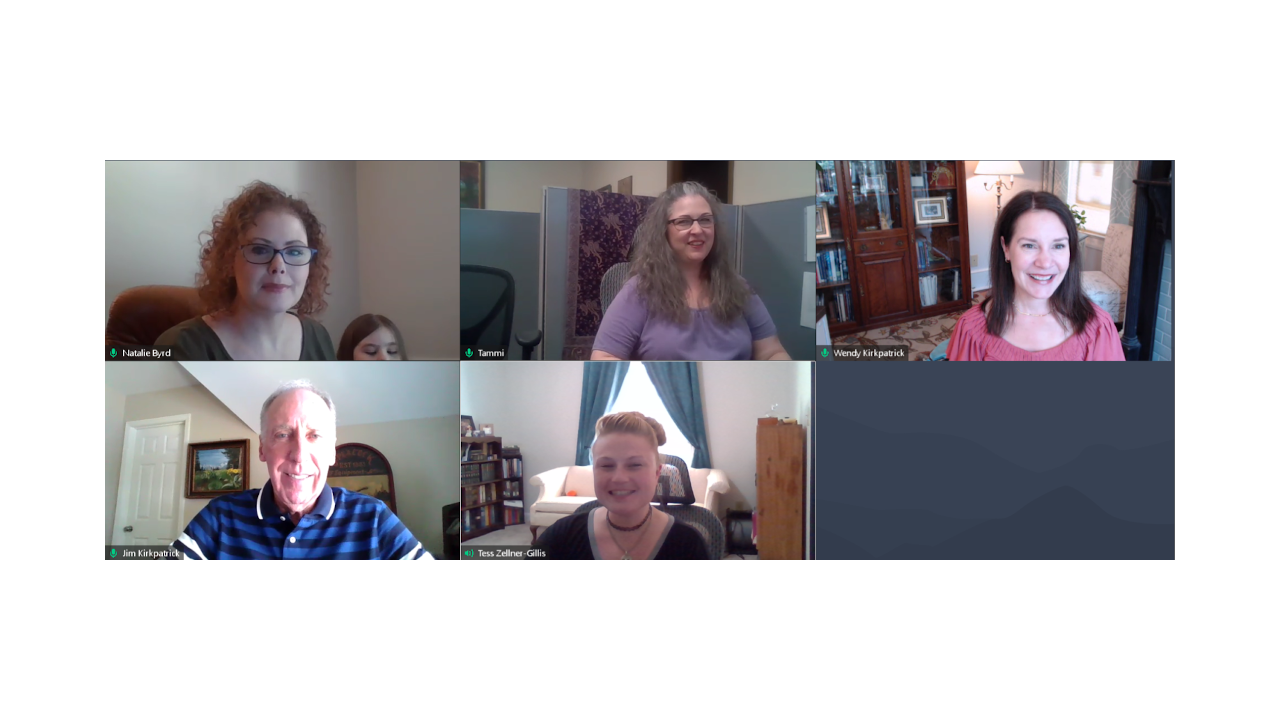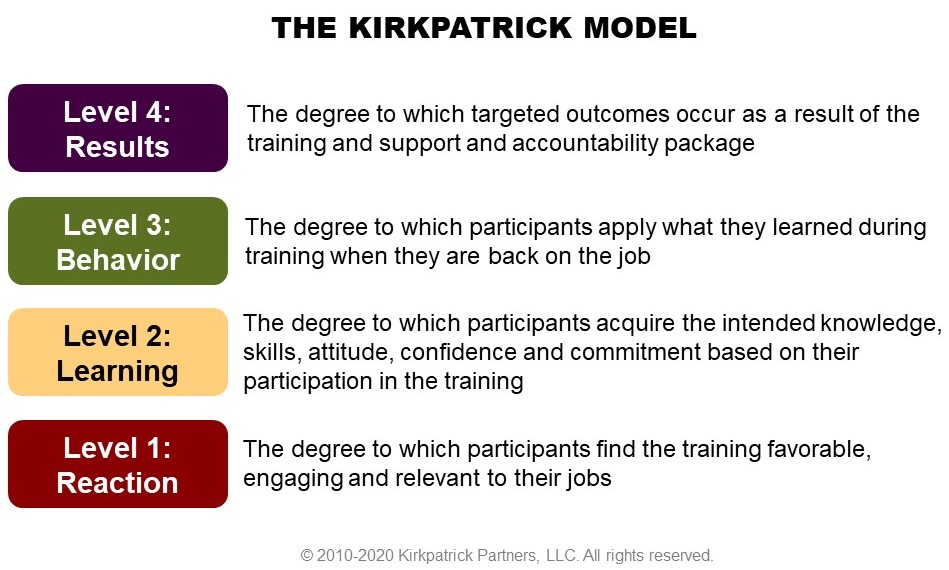Remote Leadership That Drives Performance and Results

By Jim Kirkpatrick and Wendy Kayser Kirkpatrick
Organizations around the world are scrambling to equip supervisors and managers to lead their teams remotely, over video conference and the telephone. Most of us will continue to work from home for the foreseeable future. The education we have received to respond to Covid-19 is good education for how to teach managers to lead from afar.
The key to defeating the pandemic (i.e., flattening the curve) is through mass efforts of getting people to apply three simple Level 3 critical behaviors:
- Wear a mask
- Wash your hands
- Maintain social distance
The focus has been almost solely on performance, not learning. Where application has been strong, there have been good Level 4 Results in reduction of hospitalizations and deaths. Where the critical behaviors have not reliably occurred, there have been spikes of all types of recurrences.
The Covid-19 strategy had to be a “right now” effort because lives were at stake. From a parallel perspective, many organizations may also face a “life and death” situation for the survival of their businesses. They need their employees working productively and producing results right now.
The training and development industry has an unprecedented opportunity to make an immediate difference in employee performance and organizational results. Here are simple steps that any training professional can follow to create remote leadership training that will measurably increase employee performance and impact organizational results.

Step 1. Define the Business Outcome
The first step in creating training that produces business results is to determine the specific organizational-level result desired. Your goal is to discover and understand the underlying problem that generated the training request. Then, determine what would indicate that the problem has been solved.
The more specifically you define the desired outcomes, the better target you have to focus your efforts. You should also ensure that the stated outcomes are at the organizational level. For example, “Teach our new leaders effective communication skills,” is not an outcome. You need to know what kinds of positive outcomes would occur if new leaders were to use effective communication skills. And example is increased employee satisfaction or reduction in errors.
For remote leadership, identify the key outcomes stakeholders want to see. For example:
- Recoup lost sales
- Profitability
- On-time shipping
- Customer satisfaction
- Employee satisfaction
- Minimal errors
Step 2. Identify the Critical Behaviors
After achieving clarity on the desired outcomes, find out specifically what employees need to do for them to occur. This basic but critical step is often overlooked. The days of spending time designing, developing, and delivering training that is disconnected from performance are gone.
Engage in a two-way conversation with experienced supervisors about exactly what training graduates need to do on the job to produce the desired outcomes. A small number of clearly defined critical behaviors should result. In this process, you are defining in literal, observable and measurable terms exactly what people should do on the job to make the desired outcomes most likely to occur.
For example, critical behaviors for leaders of remote sales teams might be:
- Meet weekly with direct reports to define the number of remote sales calls to complete, key topics to discuss and debrief the previous week’s report
- Conduct daily team meetings to discuss selling strategies, address questions, concerns and roadblocks, provide inspiration and share best practices
- Formally and informally recognize and reward top performers at least once monthly
Step 3. Build Support and Accountability Tools
Current circumstances require extraordinary measures. It is difficult enough to compel managers and employees to apply what they learned during the best of times. With most people working from home environments that contain distractions and interruptions, it is even more difficult.
Design and build a post-training support and accountability package as you build the remote leadership training program. Then you should share this plan with participants during training so they know what to expect.
Here are examples of support tools you can provide to remote leaders:
- Employee touch base outline
- Daily team meeting agenda
- Call tracking form to provide to direct reports
- List of cost-free rewards available for employee recognition
- Senior leadership recognition of top performers
- Peer mentoring training, so that direct reports can provide support to each other
Here are ways that you can hold remote leaders accountable for performing their critical behaviors:
- Require a summarized report of employee call volume at the end of each week
- Senior leadership meets with remote leaders monthly to review key statistics and discuss progress and team morale
The degree to which the post-training support and accountability package is implemented is often the degree to which a program is a success.
Step 4. Monitor and Report on Program Progress
After training, check in with the remote leaders and see how things are going. Touch base with senior leadership to see if outcomes are meeting their expectations. This puts you in a position to influence and maximize performance and results, instead of waiting for a period of time after training and simply measuring what happened.
An important component of monitoring during the upcoming months is simply finding out how employees at all levels are doing both personally and professionally. Discouragement, struggles with family, financial issues and worries about the future are real concerns for many people, and they should be met with compassion and interest. Reach out to people on a personal level and make sure they are okay.
Getting Started
If these ideas sound daunting, remember that the rigor you use is directly proportional to the importance of the program.
To get started, select the most important, mission-critical program on your plate. Try to gain leadership support from an executive who sees the value of the program and will act as a champion. Treat the program as a pilot and try different methods to see what works.
Sign-up to access the resources tab with over 100 free items you can download on demand. If you would like more assistance, attend the Kirkpatrick bronze level certification program. You will learn how to create an implementation plan for your remote leadership program, or any other type of mission-critical program.
If you would like to receive our digital newsletter no more than once per week containing tips like this one, click here to register.
About the Authors
Jim Kirkpatrick and Wendy Kayser Kirkpatrick are co-authors of the book Kirkpatrick’s Four Levels of Training Evaluation.





